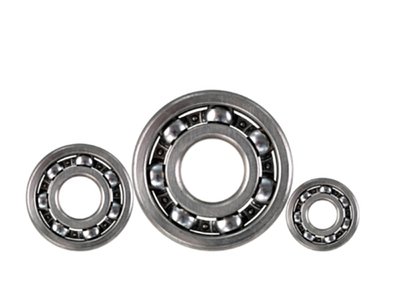Applications of flexure bearings
2023-12-16
Flexure bearings, also known as flexure pivots or compliant mechanisms, are a type of bearing that utilizes flexible elements to allow for relative motion between connected components. Unlike traditional bearings that often rely on rolling or sliding elements, flexure bearings achieve motion through the deformation or bending of flexible materials. Here are some key features and applications of flexure bearings:
1. Design and Operation:
- Flexure bearings consist of compliant, elastic elements that provide controlled flexibility. These elements deform or bend to allow for relative motion while maintaining stability and precision.
2. Types of Flexure Bearings:
- Cantilever Flexure Bearings: Use a single flexible element, often resembling a cantilever beam, to allow for a controlled range of motion.
- Hinge Flexure Bearings: Employ a hinged mechanism to allow rotation around a fixed point. They are often used in precision mechanisms and optics.
- Leaf Spring Flexure Bearings: Use multiple leaf springs or beams arranged in a specific pattern to achieve desired motion.
3. Advantages:
- Friction-Free Motion: Flexure bearings can provide nearly friction-free motion because they often rely on bending rather than sliding or rolling.
- High Precision: They are capable of providing high precision and repeatability in controlled motion applications.
- Simplified Design: Compared to traditional bearings, flexure bearings can have a simpler design with fewer moving parts.
- Low Maintenance: With fewer moving parts and reduced wear, flexure bearings may require less maintenance.
4. Applications:
- Precision Instruments: Used in precision instruments, such as optical systems, microscopes, and sensors, where precise and controlled motion is crucial.
- Micro/Nano Positioning Systems: Applied in applications requiring precise positioning at the micro or nano scale, such as in semiconductor manufacturing.
- Aerospace: Utilized in certain aerospace applications where weight reduction and precision are essential.
- Laboratory Equipment: Found in various laboratory instruments and devices requiring controlled motion.
5. Materials:
- Flexure bearings can be made from various materials, including metals, composites, or even polymers, depending on the application requirements.
6. Limitations:
- Load Capacity: Flexure bearings may have limitations in terms of load-carrying capacity compared to traditional bearings.
- Material Fatigue: Repeated bending of the flexible elements may lead to material fatigue over time.
- Complex Design: Achieving specific motion characteristics may require careful design considerations.
7. Design Considerations:
- Factors such as material selection, geometry, and the desired range of motion need to be carefully considered during the design of flexure bearings.
Flexure bearings are particularly well-suited for applications requiring precise and controlled motion in situations where friction, wear, and maintenance need to be minimized. Their unique design makes them valuable in scenarios where traditional bearing systems may be impractical or less effective.



